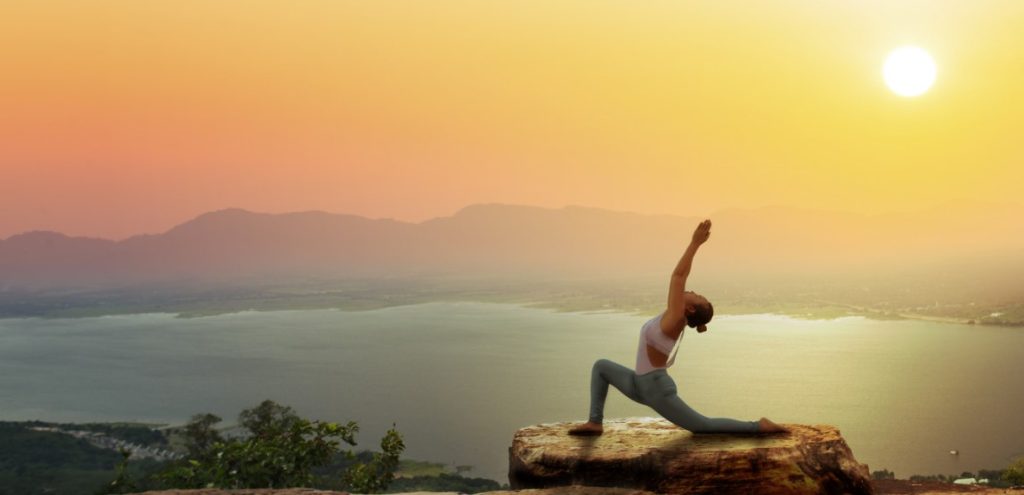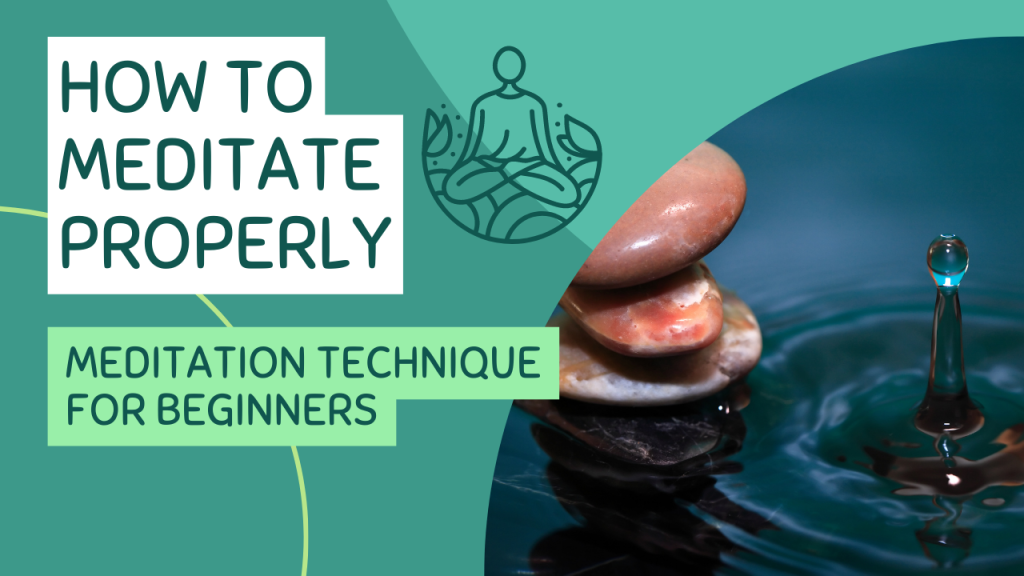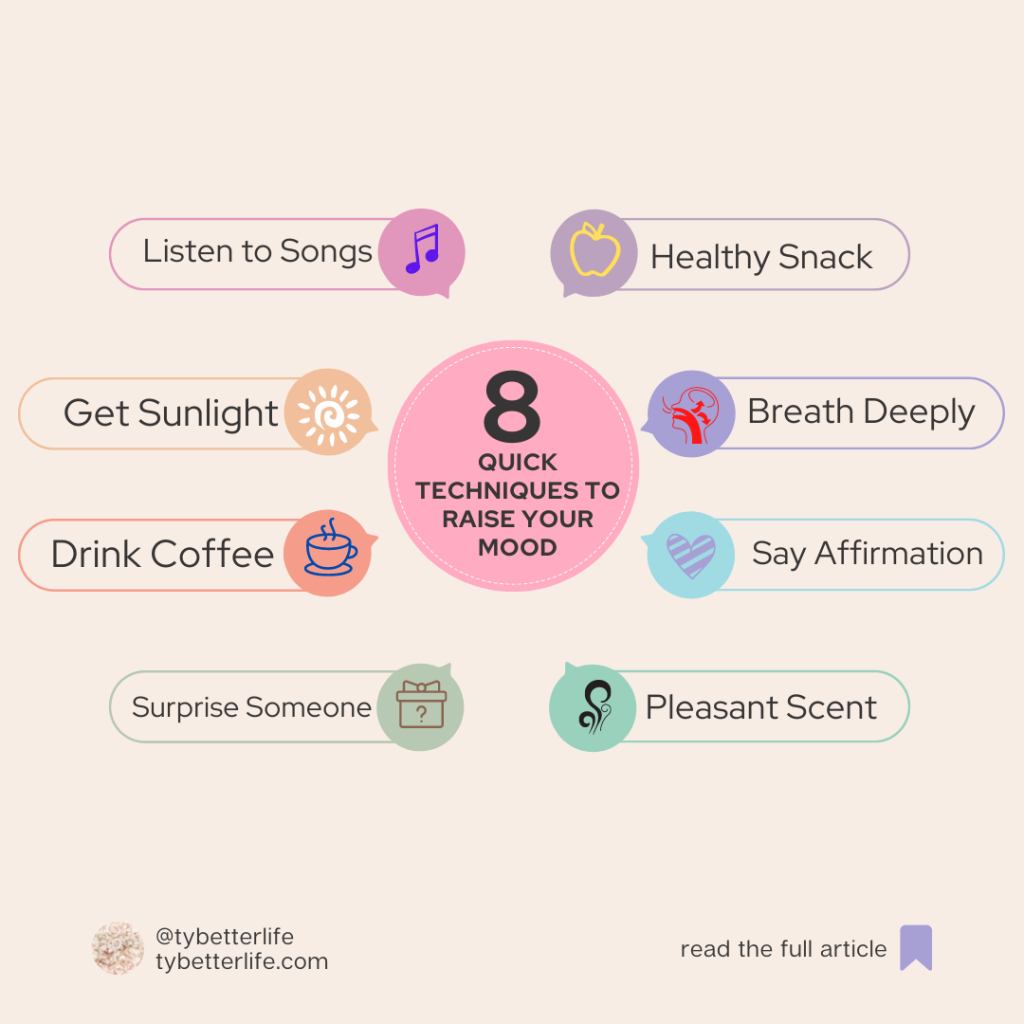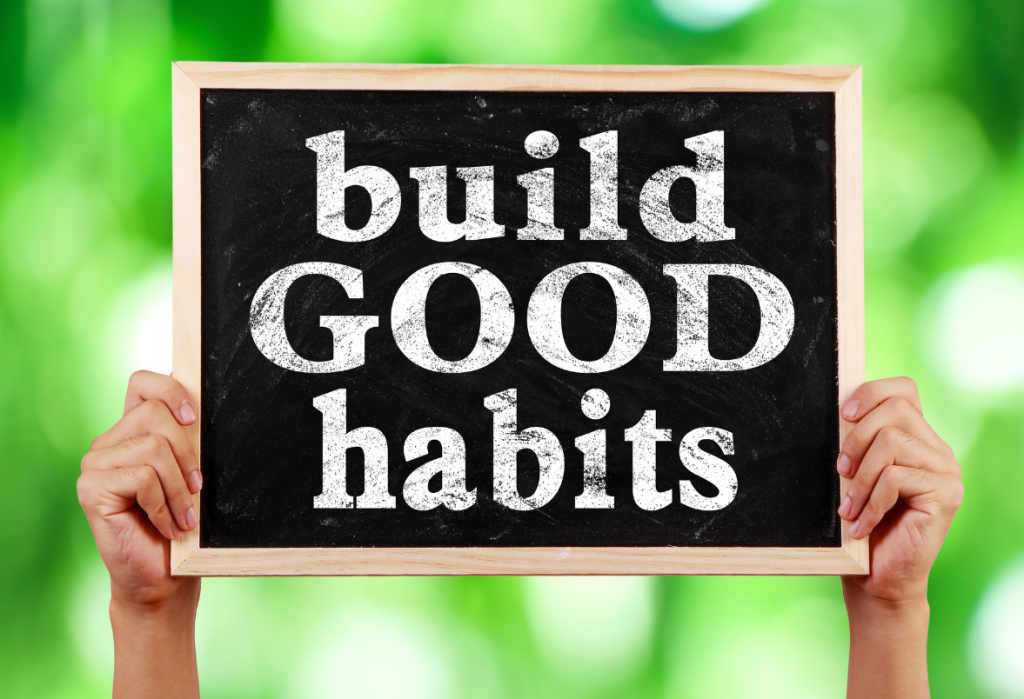
Visits: 74
Yoga For Beginners – Tips For Getting the Most Out of Your Practice
Whether you are a beginner or a seasoned yoga practitioner, there are a few things to keep in mind. These tips will help you get the most out of your practice.
Pranayama techniques
Using pranayama techniques is an effective method for relaxation, meditation, and stress relief. Breathing exercises are effective for improving cognitive performance and sensory-motor function.
One of the most important things to remember is to use baby steps when learning new breathing techniques. Start with a one-minute practice and increase your time gradually. Beginners can benefit from the simplest technique, which focuses on an even breath.
Another simple practice is the Bee breath exercise. In this exercise, you begin by sitting up tall and noticing five things around you. You breathe in a slow, even four count. When you are ready, close your eyes. As you breathe in, imagine the sound of a bee. When you exhale, imagine the sound of a fluttering humming bee. This technique is effective for calming the mind, releasing anger and anxiety.
Sitting in a comfortable position is a key part of pranayama practices. It keeps the crown high and elongates the spine. Often, seated pranayama is performed at the end of a yoga session.
In addition to promoting relaxation, pranayama can help improve brain function, blood pressure, and lung function. In addition, it can be used to help cure asthma symptoms.
There are many pranayama techniques available for beginners. One of the most common is deep diaphragmatic breathing, also called Darth Vadar Breath. This type of breathing works to build heat and improve circulation in the body. It can also change your breath patterns, making you sit up taller and relax your shoulders.
Another common type of pranayama is simha pranayama, which is also known as the “lion’s breath”. This technique helps to release facial tension and improve circulation throughout the body.
Breathing exercises should be practiced for at least two to three minutes. The American Lung Association estimates that a person takes around 20,000 breaths a day.
If you are a beginner, the best place to practice these exercises is in a comfortable seat. In order to gain the most benefits from these practices, it is important to practice slowly, take note of your breath, and observe your body’s reactions.
As with any other yoga practice, it is important to practice these exercises under the supervision of a qualified instructor.
Props
Whether you’re just getting started or you’re a seasoned yogi, yoga props are a great way to deepen your practice, improve your alignment, and stretch your muscles. Props can even help you avoid injuries and prevent falls.
A yoga board is not for the water-oriented, but it does have three rockers on the underside to give a little added stability to your practice. This is particularly useful if you’re working on a pose like the downward facing dog, where your hands and feet will be under a lot of strain.
Folded blankets are a great yoga prop to use when you’re lying down. These can be placed under the sit bones to elevate your hips, and you can use them to get comfy during cool-downs.
Bolsters are another great yoga prop, and they look like a folded woven blanket. They help reduce tension in the muscles and encourage them to relax. Bolsters can be used in seated poses and they may even be useful for daily meditation.
There are a number of other props you can use during your yoga sessions, but the most important is probably the mat. This is the best and most versatile yoga prop, and will also help you improve your balance, flexibility, and stability. You can use it to bolster yourself during a more advanced pose like the downward facing dog or seated forward bend.
While not technically a prop, a sling or mat bag is a good way to store your rolled mat. You can then easily sling it over your shoulder. This makes it a great way to practice asanas that might be difficult to do on your own.
Aside from assisting you with poses, props can also provide feedback to you about your posture and muscle imbalances. They can also help you find deeper stretches and improve your performance in asanas.
For beginners, a mat is probably the most important yoga prop you can buy. As you gain experience and improve your strength, you may find that you no longer need a lot of props. You may even be able to do some of your yoga poses without the use of any props at all.
Modifications if you have a specific medical condition
Whether you are a yoga enthusiast or not, your knees are a sore subject so a little TLC goes a long way. The good news is there are a number of gurus of all ages to turn to for your hybrid of the human and a hare. The best part is, you can actually afford to have a good time as you go about your business as well. The sexing female in question is in no way a slacker and will happily oblige. This makes you that much more desirable for her in the long run. The following are some of the best bets in my book of yas.
Etiquette
Whether you’re a newcomer to yoga or an experienced practitioner, you should know a few basic yoga etiquette rules. These are intended to help you enjoy your practice and achieve harmony in your class.
Cleanliness is essential before and after yoga classes. It is also a sign of respect for others in the room. Make sure your mat is free of dust and debris before entering the studio and clean up your mat after each class.
Dressing modestly is a sign of respect for your fellow students. You should also wear clothing that is comfortable and breathable. Wear a shirt or vest top that covers your chest and hug your leggings. Wear socks.
Arrive on time for your yoga class. If you are late, you will ruin the flow of the class. You should also make an effort to inform the instructor of any health issues you may have. You should also let the instructor know if you’re pregnant or if you have any physical limitations.
The instructor may be able to help you with the asanas. Ask your instructor if they can give you additional cueing to help you learn the correct form. You should also be willing to accept corrections with an open mind.
Arrive early and leave early if you need to. Doing so will give you time to get ready and collect your belongings. You can also leave quietly before Savasana begins, which is a deep relaxation period.
Yoga is a personal practice, so you should always come to class with an open heart. Yoga is also a non-judgmental environment. You don’t need to be overly formal, but you should be respectful to others and follow the teacher’s instructions.
Keep a sense of humor during your yoga practice. You may feel silly if you fall out of a pose or get stuck in a pose, but you should keep a smile on your face. You should also smile at the other yogis in the room. This will help you steer away from screens.
The purpose of yoga is to relax and improve your physical and mental health. While you are practicing, keep your voice low in the lobby and in the classroom.
Originally posted 2022-11-29 14:03:29.


